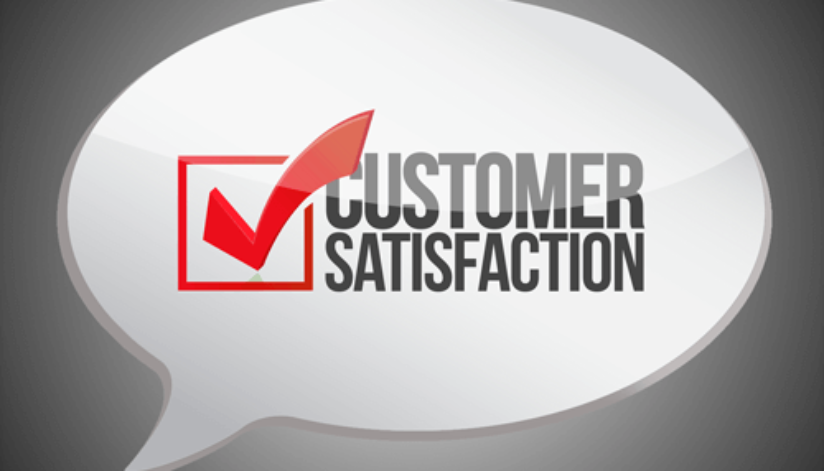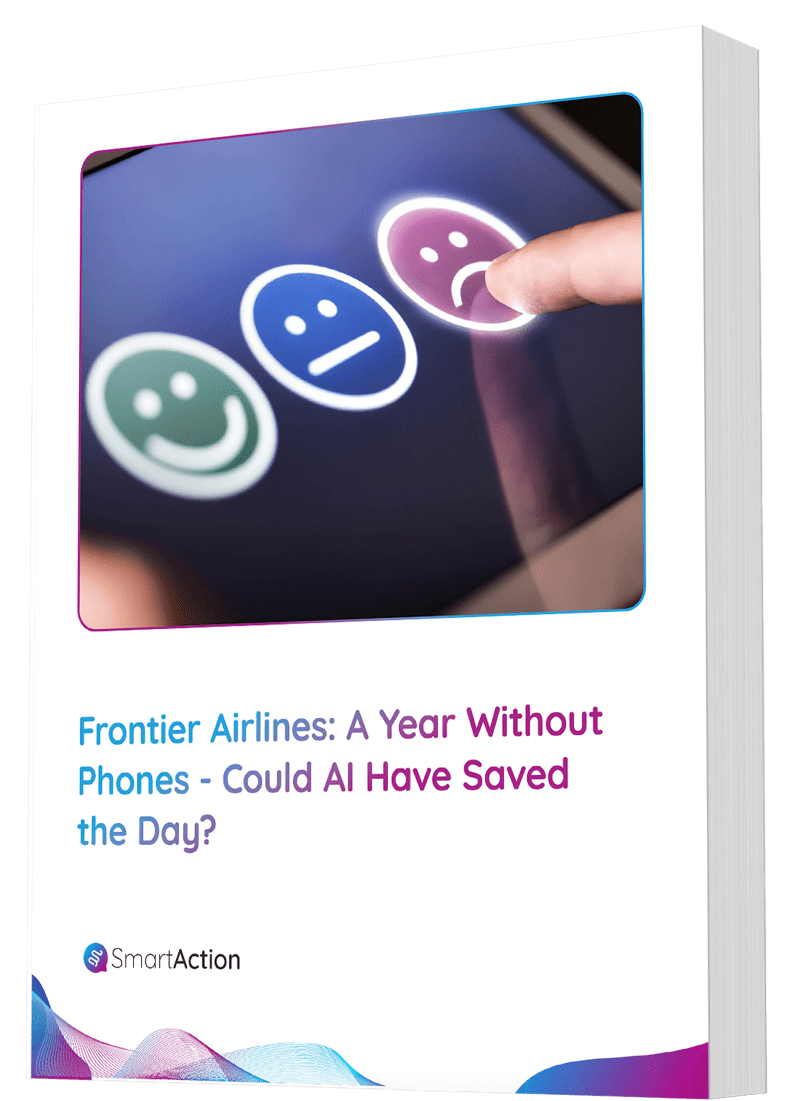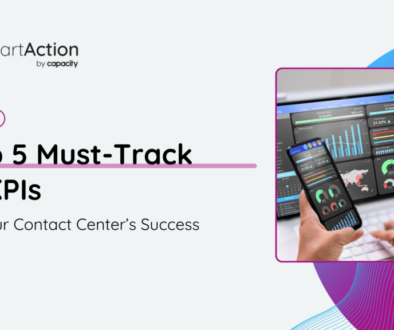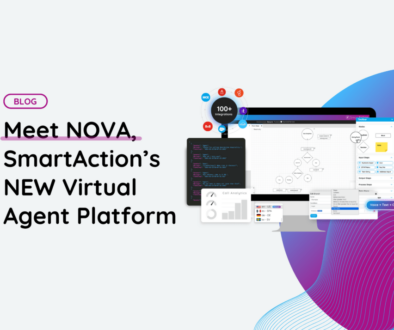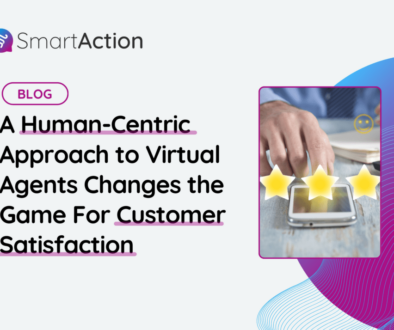Customer Service Methodologies
Every company measures how it’s doing through customer surveys. Whether performed after a customer service call, in a follow-up email, or through SMS text, surveys help you maintain the best parts of your customers’ experiences, and prevent repeating any mistakes, all while giving you a personal look at the different preferences within your target audience. There are three commonly accepted methodologies to measure your company’s customer service, and the importance of each has evolved over time.
- Customer Satisfaction Score As its name suggests, the customer satisfaction score (CSAT) is a percentage that reflects how satisfied a customer is with a company’s service. It’s a sliding scale, with 0% reflecting no satisfaction, and 100% reflecting complete satisfaction. The metric is usually collected through questions that ask customers to rank their satisfaction on a scale of one to five across a number of aspects of the experience. CSAT scores have been widely accepted as a performance indicator, and industry scores are aggregated by the American Customer Satisfaction Index. While CSAT scores give insight into how customers feel about your company, they are short-term measures that fail to predict long-term loyalty.
- Net Promoter Score The Net Promoter Score (NPS), on the other hand, sorts customers into three categories: detractors, passives, and promoters. The NPS metric is based on responses to questions such as “How likely are you to recommend us to someone you know?” The percentage of detractors, those likely to look elsewhere for the product, is then subtracted from the percentage of promoters, who are likely to enthusiastically recommend you to others. The difference between the two percentages is the Net Promoter Score. Compared to CSAT, the NPS score is a better predictor of future customer behavior, especially if you follow up with customers to find out why they ranked the service the way they did.
- Customer Effort Score The most recent trend in customer satisfaction research is the Customer Effort Score (CES). The CES measures how much effort a customer invests in an exchange with your company. While there are multiple ways to phrase a CES survey question, they generally ask customers how much they agree or disagree with the statement, “The organization made it easy to handle my issue.” The higher the number, the less effort it takes for a customer to work with your company. Generally, companies who ace the NPS score also have high marks in the CES, reflecting that customers like companies who make customer service as easy as possible. However, just because a customer is willing to promote your product doesn’t mean that they had an effortless experience. In fact, studies have shown that CES is two times better than the NPS at predicting customer loyalty.
Leading organizations capture all three measurements and value each in different ways. But the ultimate goal is customer loyalty. More loyal customers provide higher lifetime value to the organization, meaning extended spending over time. So if you’re not measuring CES yet, you should be.
Case studies have also shown that a great way to reduce effort for customers is through AI-enhanced self-service. Two-thirds of customers prefer to self-serve, according to Gartner, especially for simple and medium-complexity needs. Because AI is able to sift through data more quickly than a human, contact center leaders are discovering that virtual agents actually outperform live agents across dozens of call types and chats. Companies in various industries – including healthcare, insurance, travel & hospitality, and more – have experienced customer effort reduction of up to 60%!
Learn more about using AI in the Customer Experience in Frost & Sullivan’s analyst report, “The AI-Powered Virtual Agent: Actionable Strategies for Contact Center Leaders.”
Sources:
http://www.impactlearning.com/resources/metrics/customer-service-satisfaction-rate-csat/
http://www.theacsi.org/customer-satisfaction-benchmarks/benchmarks-by-industry
http://www.netpromotersystem.com/about/measuring-your-net-promoter-score.aspx
https://zapier.com/blog/nps-net-promoter-score/
https://www.cebglobal.com/blogs/unveiling-the-new-and-improved-customer-effort-score/
http://www.nicereply.com/blog/introduction-customer-effort-score/

